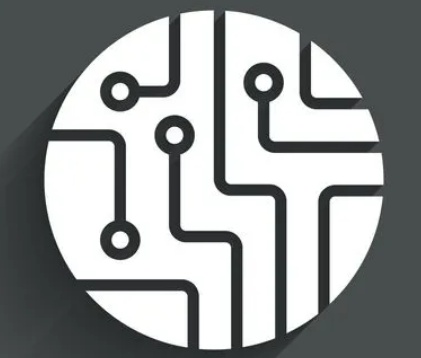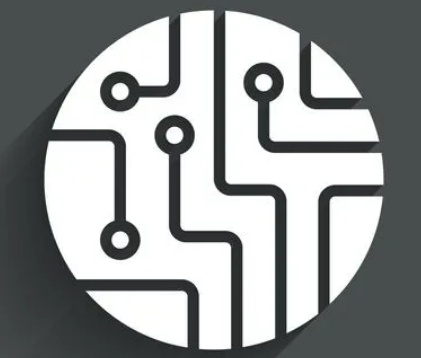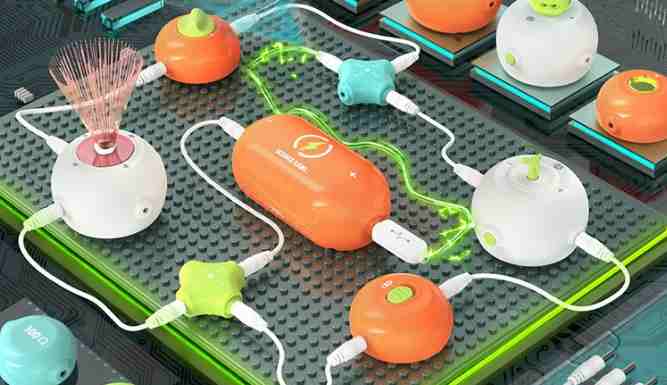
Protel DXP is the first board level design system that integrates all design tools. Electronic designers can realize their own design methods from the initial project module planning to the final production data. Protel DXP runs on the optimized design browser platform, and has all the advanced design characteristics of today, can deal with a variety of complex PCB board design process. Through the integration of design input simulation, PCB board drawing and editing, automatic topology routing, signal integrity analysis and design output, Protel DXP provides a comprehensive design solution.
PCB board design principles based on Protel DXP include the following aspects:
1. Selection of PCB board
2. Common thickness and size requirements of PCB board
3, PCB board components manual layout rules
4. PCB board wiring rules
5, PCB board grounding design rules
6, PCB board anti-interference design
7. Design requirements of PCB welding pad
8, PCB board large area filling design
9. PCB board crossover design
10. PCB board high frequency wiring design
First, the selection of PCB board
PCB board is generally made of copper coated laminate, and the selection of board should be considered from the aspects of electrical performance, reliability, processing requirements and economic indicators. Commonly used copper-coated laminates are copper-coated phenolic paper laminates, copper-coated epoxy paper laminates, copper-coated epoxy glass cloth laminates, copper-coated phenolic glass cloth laminates, copper-coated polytetrafluoroethylene glass cloth laminates and epoxy glass cloth for multilayer printed circuit boards, etc. Different materials of laminates have different characteristics. Epoxy resin and copper foil have excellent adhesion force, so copper foil adhesion strength and high working temperature, can be in 260℃ molten tin without foaming. Glass cloth laminates impregnated with epoxy resin are less affected by moisture. The UHF circuit board is best coated with copper PTFE glass cloth laminate. In electronic equipment requiring flame retardant, also need flame retardant PCB board, these PCB board are immersed in flame retardant resin laminate.

Two, PCB board common thickness and size requirements
The thickness of PCB board should be determined according to the function of PCB board, the weight of the mounting components, the specifications of PCB board socket, the outline size of PCB board and the mechanical load to be borne. The main thing should be to ensure adequate stiffness and strength. Common PCB board thickness is: 0.5mm, 1.0mm, 1.5mm, 2.0mm. In terms of cost, length of copper film line and anti-noise ability, the smaller the PCB board size, the better. But PCB board size is too small, the heat dissipation is poor, and the adjacent wire is easy to cause interference. The production cost of PCB board is related to the area of PCB board. The larger the area, the higher the cost. In the design of a PCB board with a housing, the size of the PCB board is also limited by the size of the case shell, must be determined before the size of the PCB board to determine the size of the housing, otherwise it is impossible to determine the size of the PCB board. In general, the wiring range specified in the forbidden wiring layer is the size of the PCB board. The best shape for PCB boards is rectangular with a 3:2 or 4:3 aspect ratio. When the size of PCB boards is greater than 200*150mm, the mechanical strength of PCB boards should be considered. In short, the pros and cons should be considered comprehensively to determine the PCB board size.
Three, PCB board components manual layout rules
Although Protel DXP can be automatic layout, but actually in the design of PCB board component layout is almost manually completed. PCB board component layout generally follows the following rules:
1. Special component layout
The layout of special components is considered from the following aspects:
(1) high-frequency components
The wires between high-frequency components should be as short as possible. Try to reduce the distribution parameters of the wires and the electromagnetic interference between each other. The susceptible components should not be too close together. The distance between components belonging to the input and those belonging to the output should be as large as possible.
(2) Components with high potential difference
The distance between the component with high potential difference and the wire should be increased to avoid damage to the component in the event of an accidental short circuit. In order to avoid creepage, it is generally required that the distance between the copper film line between 2000V potential difference should be greater than 2mm. For higher potential difference, the distance should be increased. Devices with high voltage should be arranged as far as possible in places that are not easily touched by hands during debugging.
(3) components with too much weight
Such components should be fixed by a bracket, and for large and heavy components with high heat, it is not suitable to be installed on the PCB board.
(4) heating and heat sensitive elements
Note that the heating element should be far away from the heat sensitive element.
(5) adjustable components
For potentiometer, adjustable inductance coil, variable capacitor, micro switch and other adjustable components layout should consider the structural requirements of the whole machine, if the machine adjustment, should be placed on the PCB board easy to adjust the place, if the machine adjustment, its position should be corresponding to the position of the adjustment knob on the chassis panel.







